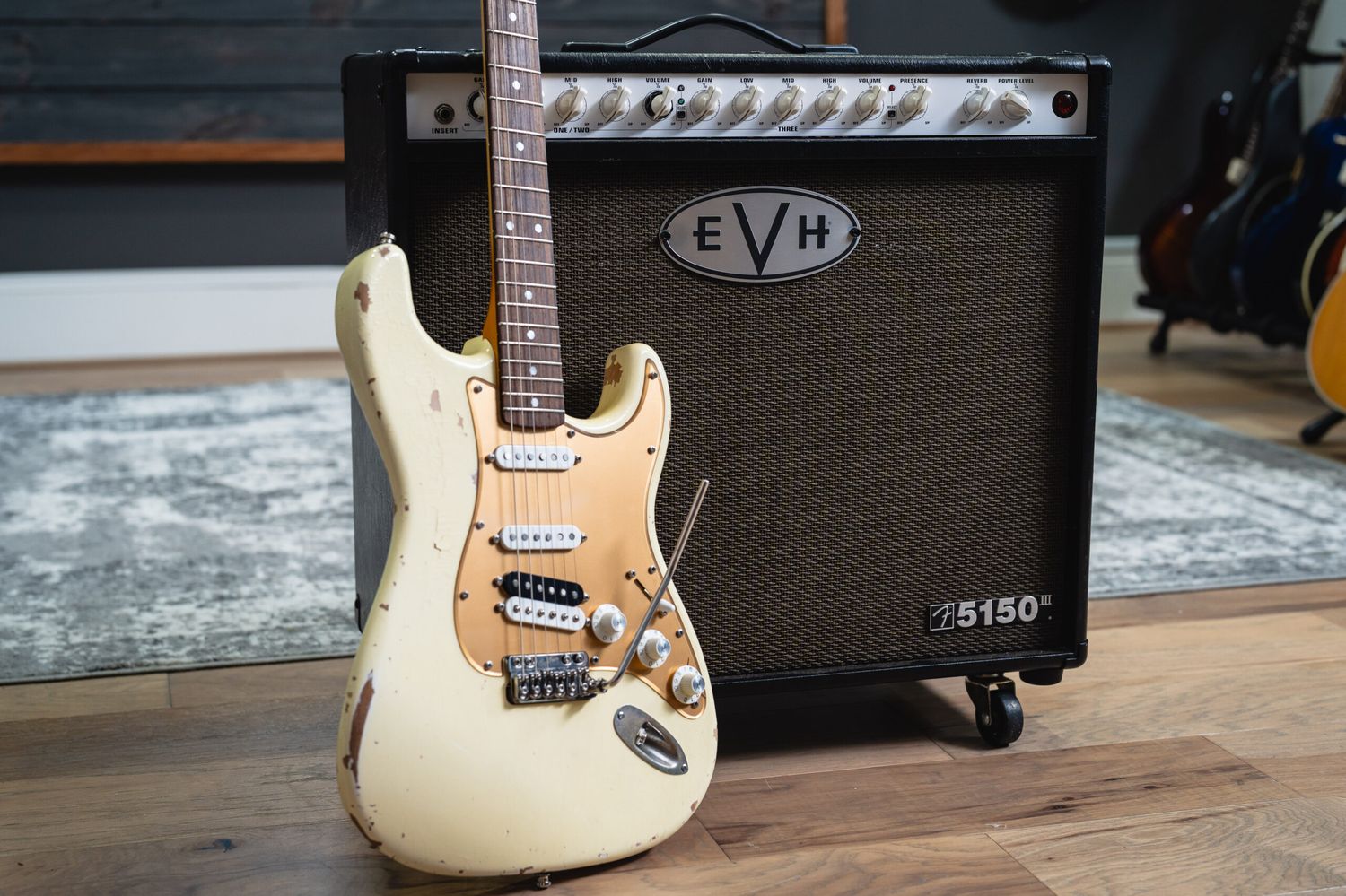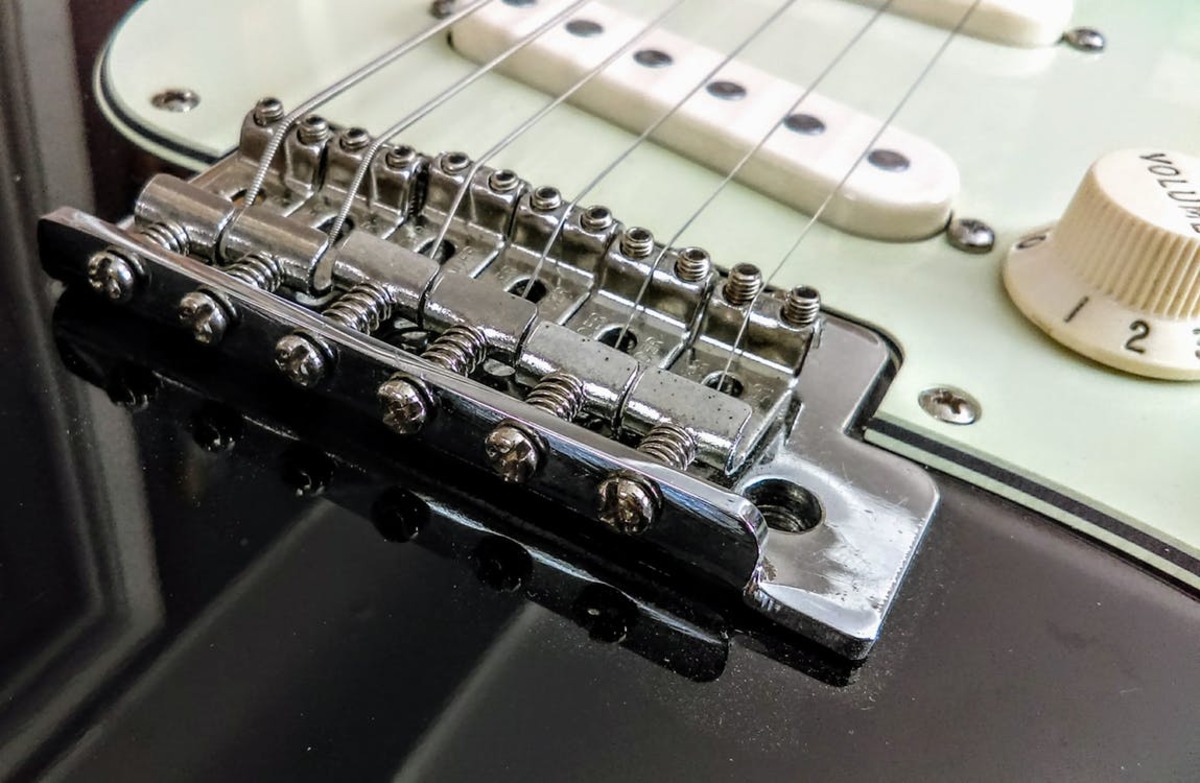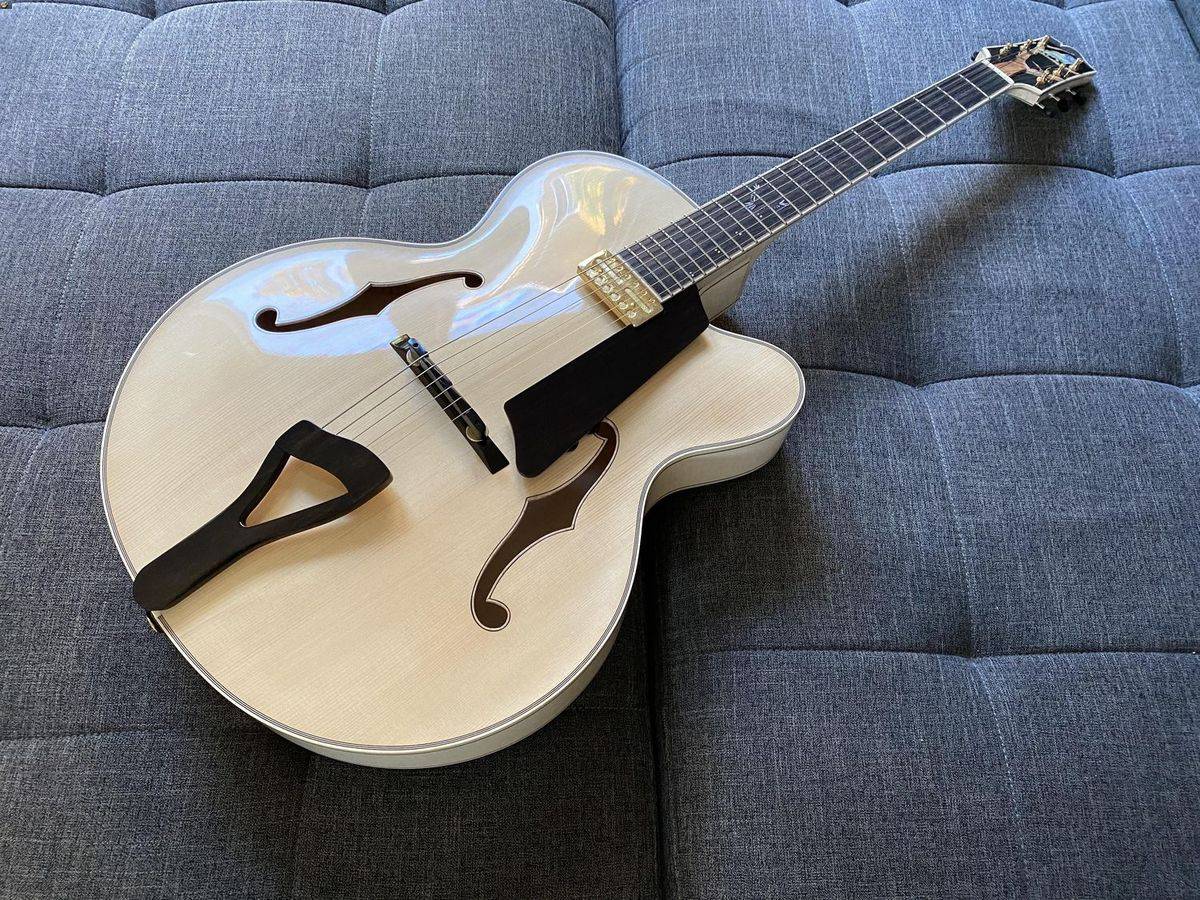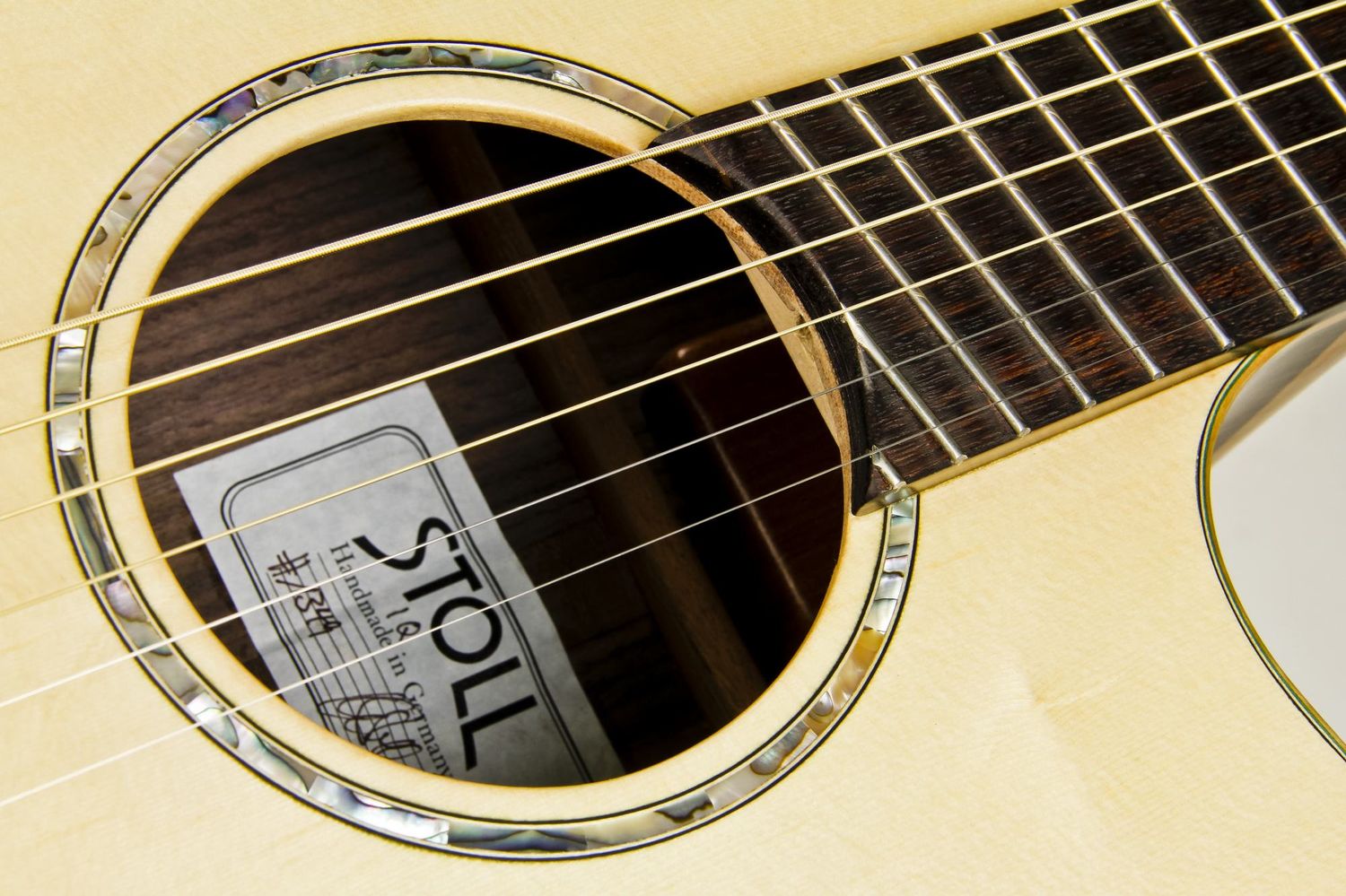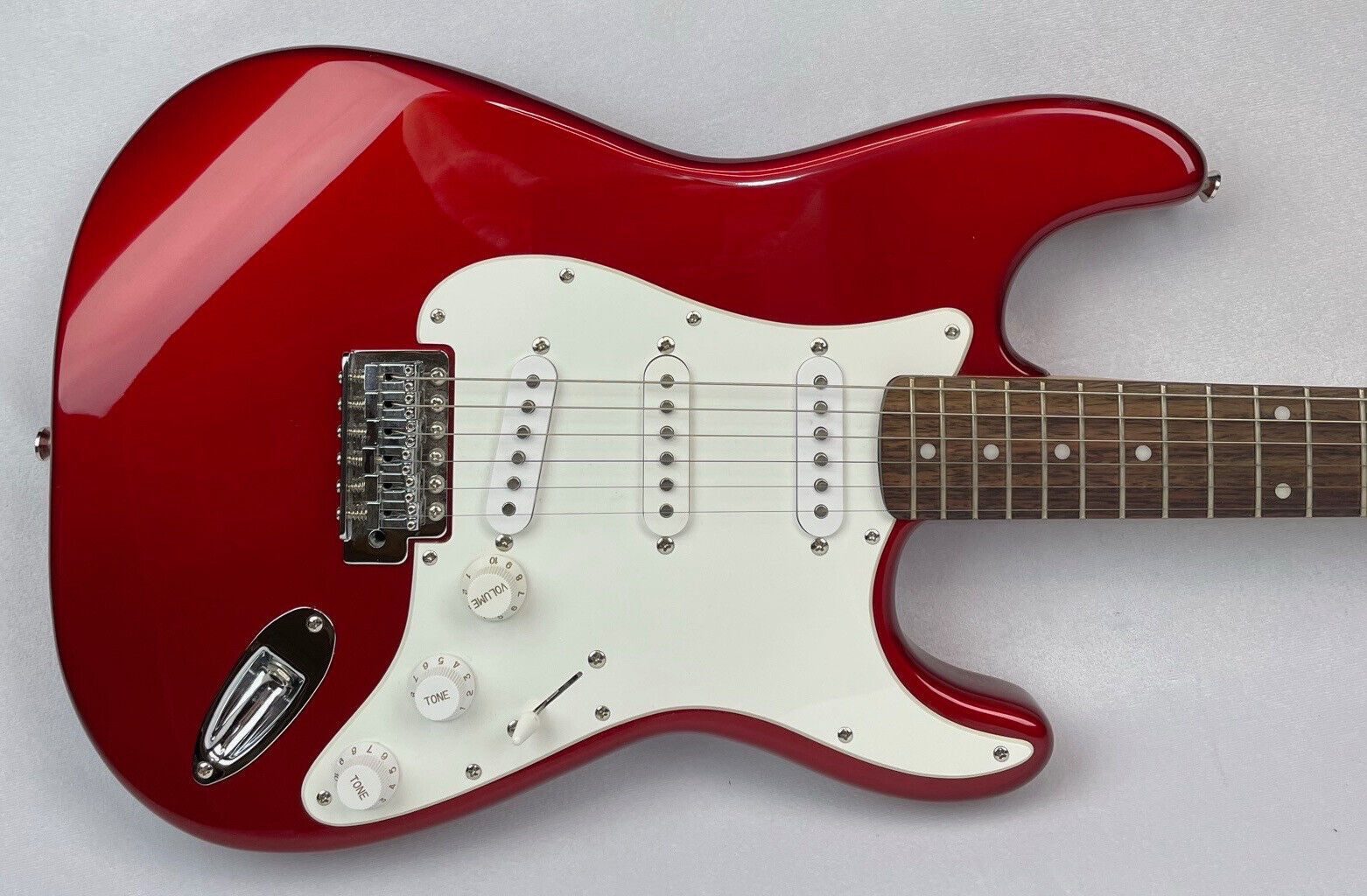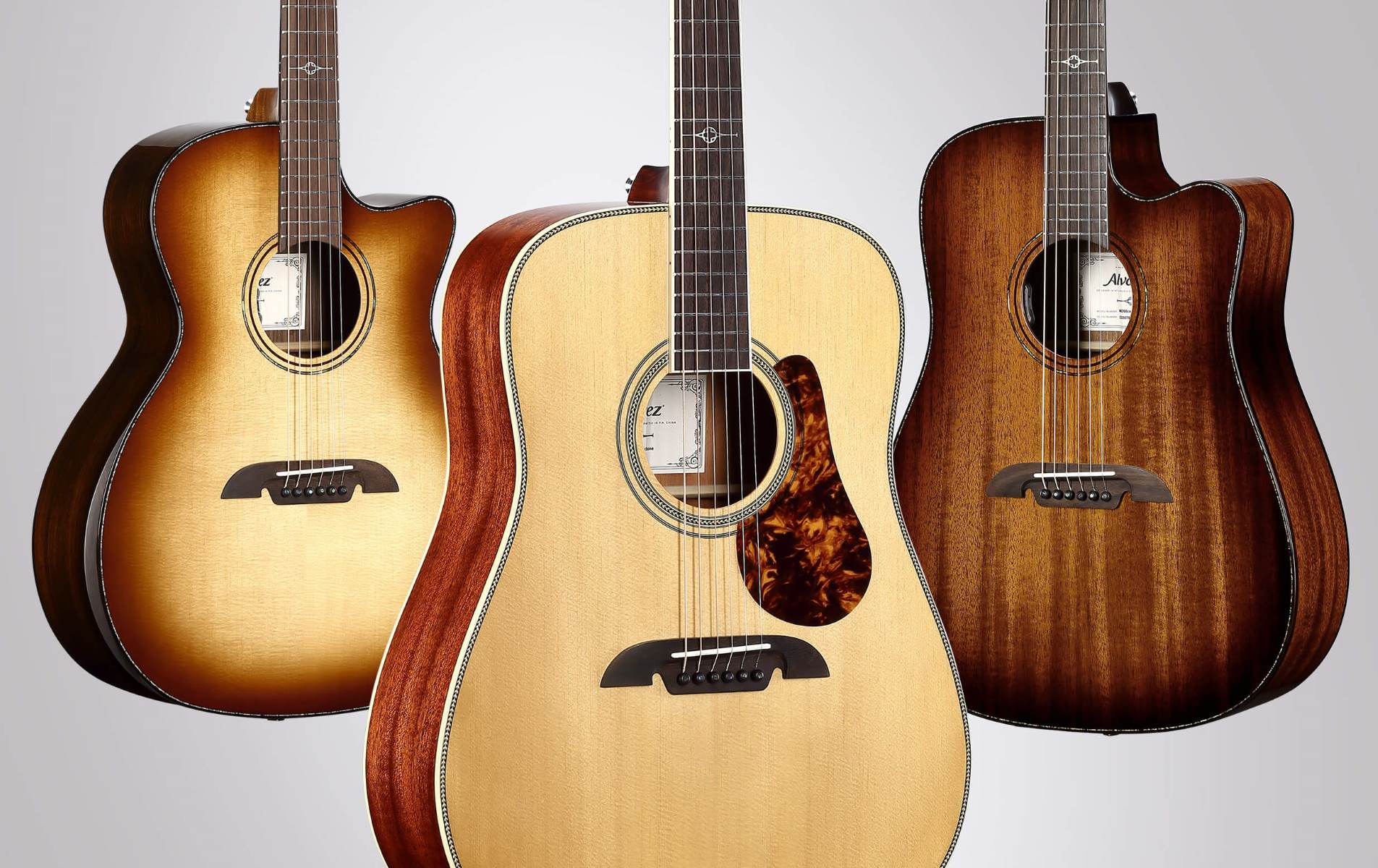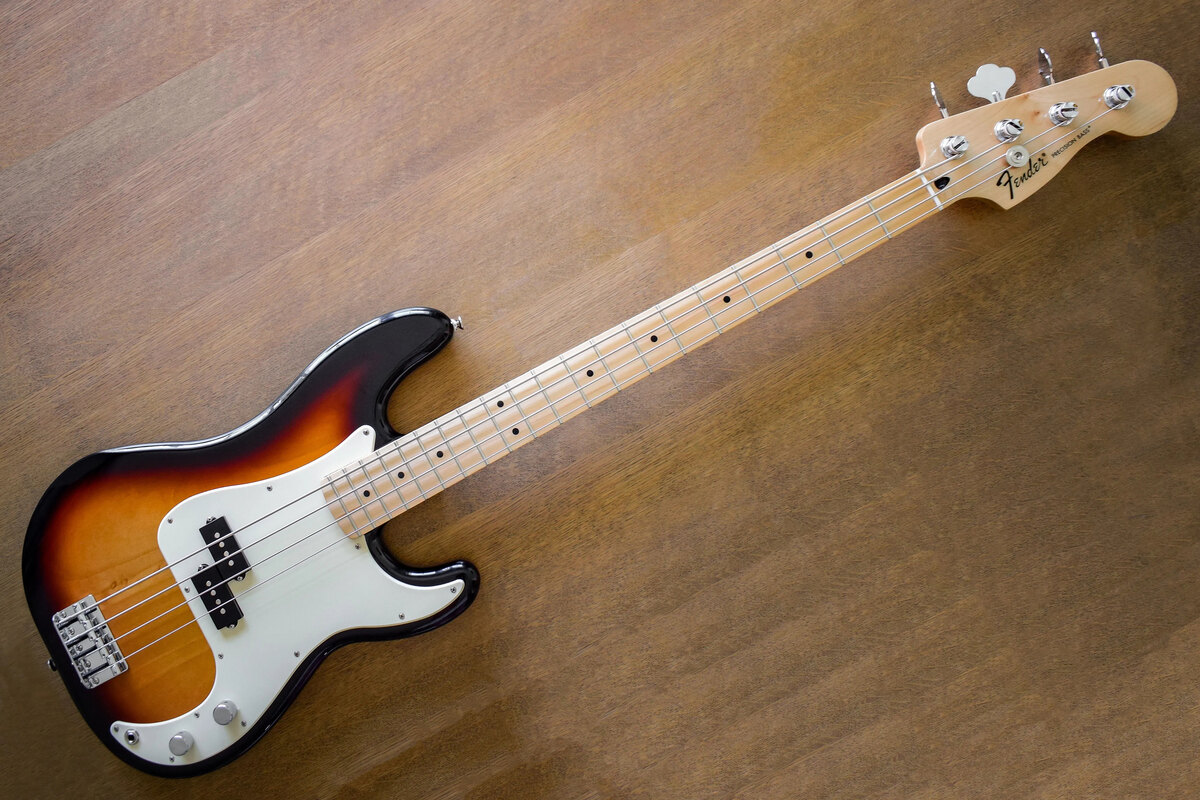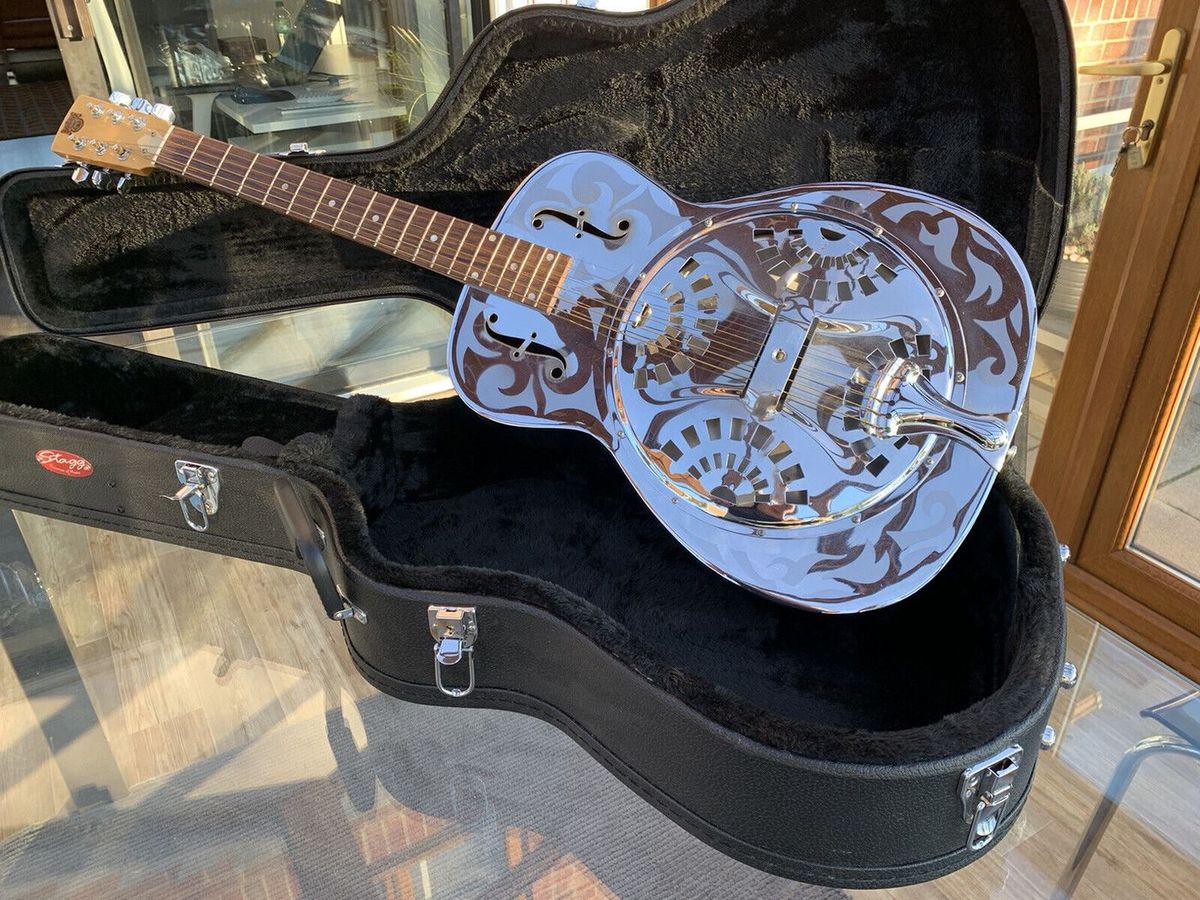Home>Instruments>Guitar>What Is A Telecaster Guitar


Guitar
What Is A Telecaster Guitar
Published: February 15, 2024
Discover the iconic Telecaster guitar and its unique sound. Learn about its history, design, and why it's a must-have for any guitar enthusiast.
(Many of the links in this article redirect to a specific reviewed product. Your purchase of these products through affiliate links helps to generate commission for AudioLover.com, at no extra cost. Learn more)
Table of Contents
Introduction
The Fender Telecaster, often referred to as the "Tele," is a legendary electric guitar that has left an indelible mark on the music world. Renowned for its distinctive twangy sound and iconic design, the Telecaster has been a staple in a wide range of musical genres, from country and rock to blues and pop. Its enduring popularity can be attributed to its versatility, durability, and timeless appeal.
As one of the earliest solid-body electric guitars to be mass-produced, the Telecaster holds a special place in the history of modern music. Its introduction in the 1950s revolutionized the way musicians approached the instrument, paving the way for new sonic possibilities and shaping the sound of popular music for decades to come.
The Telecaster's enduring influence is a testament to its enduring legacy, as it continues to be the guitar of choice for countless artists and performers around the world. In this article, we will delve into the rich history, innovative design, and distinctive sound of the Telecaster, exploring the factors that have solidified its status as a true icon in the realm of electric guitars.
History of the Telecaster Guitar
The origins of the Telecaster can be traced back to the early 1950s, a time when the demand for amplified guitars was on the rise, driven by the burgeoning popularity of electrified music genres. In response to this trend, Fender, a pioneering force in the world of electric guitars, sought to create an instrument that not only met the technical requirements of amplified sound but also offered a fresh and innovative design.
In 1950, Fender introduced the Broadcaster, the predecessor of the Telecaster, marking a significant milestone in the evolution of electric guitars. However, a legal dispute over the name with another guitar manufacturer led to a brief period during which the guitar was produced without a name on the headstock. This gave rise to the "Nocaster" moniker among collectors, as these early guitars lacked the "Broadcaster" name.
Ultimately, the guitar was officially named the Telecaster in 1951, solidifying its place in music history. With its groundbreaking solid-body construction, bolt-on neck, and dual single-coil pickups, the Telecaster represented a departure from the hollow-body guitars that were prevalent at the time. This innovative design not only contributed to the guitar's distinctive sound but also made it more durable and resistant to feedback, setting a new standard for electric guitar performance.
Over the years, the Telecaster has undergone various modifications and iterations, each contributing to its evolution while retaining the essential characteristics that define its identity. Its enduring presence in the music industry has made it a beloved instrument among musicians and collectors alike, and its impact on the development of popular music cannot be overstated.
Design and Construction
The Telecaster’s design and construction have played a pivotal role in shaping its identity as a groundbreaking and enduring instrument. Characterized by its simple yet effective approach, the Telecaster’s design reflects a commitment to functionality, durability, and sonic versatility.
At the core of the Telecaster’s design is its solid-body construction, a departure from the hollow-body guitars that were prevalent at the time of its inception. This design choice not only contributed to the guitar’s distinct tone and reduced susceptibility to feedback but also made it more resilient and suitable for the rigors of live performance and touring.
The bolt-on neck design of the Telecaster further enhances its durability and facilitates ease of maintenance and repair. This feature allows for straightforward adjustments and replacements, contributing to the guitar’s reputation for reliability and longevity. Additionally, the bolt-on neck design has implications for the instrument’s tonal characteristics, contributing to its signature twang and sustain.
Another defining aspect of the Telecaster’s construction is its hardware and electronics. The guitar’s bridge and saddle design, in combination with its single-coil pickups, contribute to its distinctive sound and playability. The bridge design allows for precise intonation and string height adjustments, while the single-coil pickups deliver the bright, articulate tones that have become synonymous with the Telecaster.
From a visual standpoint, the Telecaster’s design exudes a timeless appeal, with its sleek, no-nonsense aesthetic and iconic pickguard configurations. Its classic silhouette has remained largely unchanged over the years, a testament to the enduring appeal of its original design.
Overall, the Telecaster’s design and construction embody a harmonious blend of form and function, resulting in an instrument that continues to captivate musicians and audiences alike with its distinctive sound, reliability, and iconic aesthetic.
Sound and Tone
The Telecaster’s sound and tone are integral to its identity as a versatile and influential electric guitar. Renowned for its distinctive twang, clarity, and dynamic range, the Telecaster has left an indelible mark on the sonic landscape of popular music.
Central to the Telecaster’s sonic character are its single-coil pickups, which capture the guitar’s vibrant and articulate tonal qualities. These pickups are known for their bright and clear sound, offering a crisp and responsive sonic profile that lends itself to a wide array of musical styles. Whether delivering cutting lead lines, rhythmic chord work, or expressive clean tones, the Telecaster’s pickups excel in conveying the nuances of the player’s technique.
One of the defining attributes of the Telecaster’s sound is its unmistakable twang, a quality that has become synonymous with the guitar. This twangy characteristic, attributed in part to the guitar’s bridge pickup and ash or alder body construction, imparts a lively and expressive edge to the instrument’s sonic palette. From country licks to rock riffs, the Telecaster’s twang has resonated across genres and generations, cementing its place in the pantheon of iconic guitar sounds.
Beyond its twang, the Telecaster exhibits remarkable versatility, capable of producing warm, mellow tones as well as biting, aggressive textures. Its responsive tone controls and pickup configurations allow players to sculpt a wide range of sounds, making it a go-to instrument for musicians seeking sonic flexibility and expressiveness.
When overdriven, the Telecaster delivers a raw and punchy sound that cuts through the mix with authority, making it a favored choice for players seeking a bold and assertive tone. Its inherent clarity and articulation ensure that each note retains its definition, even under high-gain settings, providing a platform for expressive playing and impactful performances.
In essence, the Telecaster’s sound and tone embody a rich tapestry of sonic possibilities, from its signature twang to its versatile tonal palette, making it a timeless and influential instrument cherished by musicians and enthusiasts worldwide.
Notable Telecaster Players
The Telecaster has been embraced by an array of iconic musicians who have harnessed its unique sonic capabilities to leave an indelible mark on the world of music. From trailblazing pioneers to contemporary virtuosos, the Telecaster has found its way into the hands of countless influential players across diverse genres.
1. James Burton
Renowned for his innovative country and rockabilly stylings, James Burton’s masterful command of the Telecaster has solidified his status as one of the instrument’s most celebrated proponents. His influential work with artists such as Elvis Presley and Merle Haggard has showcased the Telecaster’s versatility and dynamic range.
2. Keith Richards
As a founding member of The Rolling Stones, Keith Richards has wielded his beloved Telecaster to sculpt the band’s timeless rock sound. His raw and emotive playing, characterized by gritty riffs and infectious rhythms, has made an indelible impact on generations of guitarists.
3. Bruce Springsteen
Known for his impassioned performances and anthemic songwriting, Bruce Springsteen has relied on the Telecaster to channel the heartland rock sound that has resonated with audiences worldwide. His electrifying live shows and evocative guitar work have cemented the Telecaster’s place in the realm of rock and roll.
4. Muddy Waters
A pioneering figure in the blues genre, Muddy Waters wielded a Telecaster to deliver searing, emotive performances that defined the electrified Chicago blues sound. His expressive playing and emotive tone have inspired generations of blues and rock guitarists.
5. Chrissie Hynde
As the frontwoman of The Pretenders, Chrissie Hynde has showcased the Telecaster’s prowess in crafting evocative and edgy rock compositions. Her distinctive playing and songwriting have underscored the guitar’s ability to shape compelling and enduring musical narratives.
These are just a few examples of the many influential artists who have embraced the Telecaster as a vehicle for their musical expressions. The instrument’s enduring appeal and sonic versatility continue to inspire new generations of players, ensuring its legacy as an iconic and influential electric guitar.
Conclusion
The Fender Telecaster stands as a testament to the enduring impact of innovative design, sonic versatility, and cultural resonance in the realm of electric guitars. From its groundbreaking inception in the 1950s to its continued prominence in contemporary music, the Telecaster has remained a symbol of artistic expression and musical innovation.
Its distinctive twang, dynamic tonal range, and enduring legacy have made it a beloved instrument among musicians and enthusiasts across genres and generations. Whether in the hands of trailblazing pioneers who shaped the course of popular music or contemporary artists pushing the boundaries of sonic exploration, the Telecaster has left an indelible mark on the musical landscape.
As a quintessential electric guitar, the Telecaster’s timeless design, resilient construction, and expressive sound have transcended musical boundaries, earning it a place of honor in the pantheon of iconic instruments. Its influence on popular music is immeasurable, and its ability to inspire creativity and passion in players and listeners alike is a testament to its enduring relevance.
In the ever-evolving tapestry of music, the Telecaster remains a steadfast and resonant voice, weaving its distinctive sonic threads into the fabric of countless compositions and performances. Its legacy as a pioneering force in the world of electric guitars continues to shape the sonic landscape, ensuring that its timeless appeal and innovative spirit will endure for generations to come.

